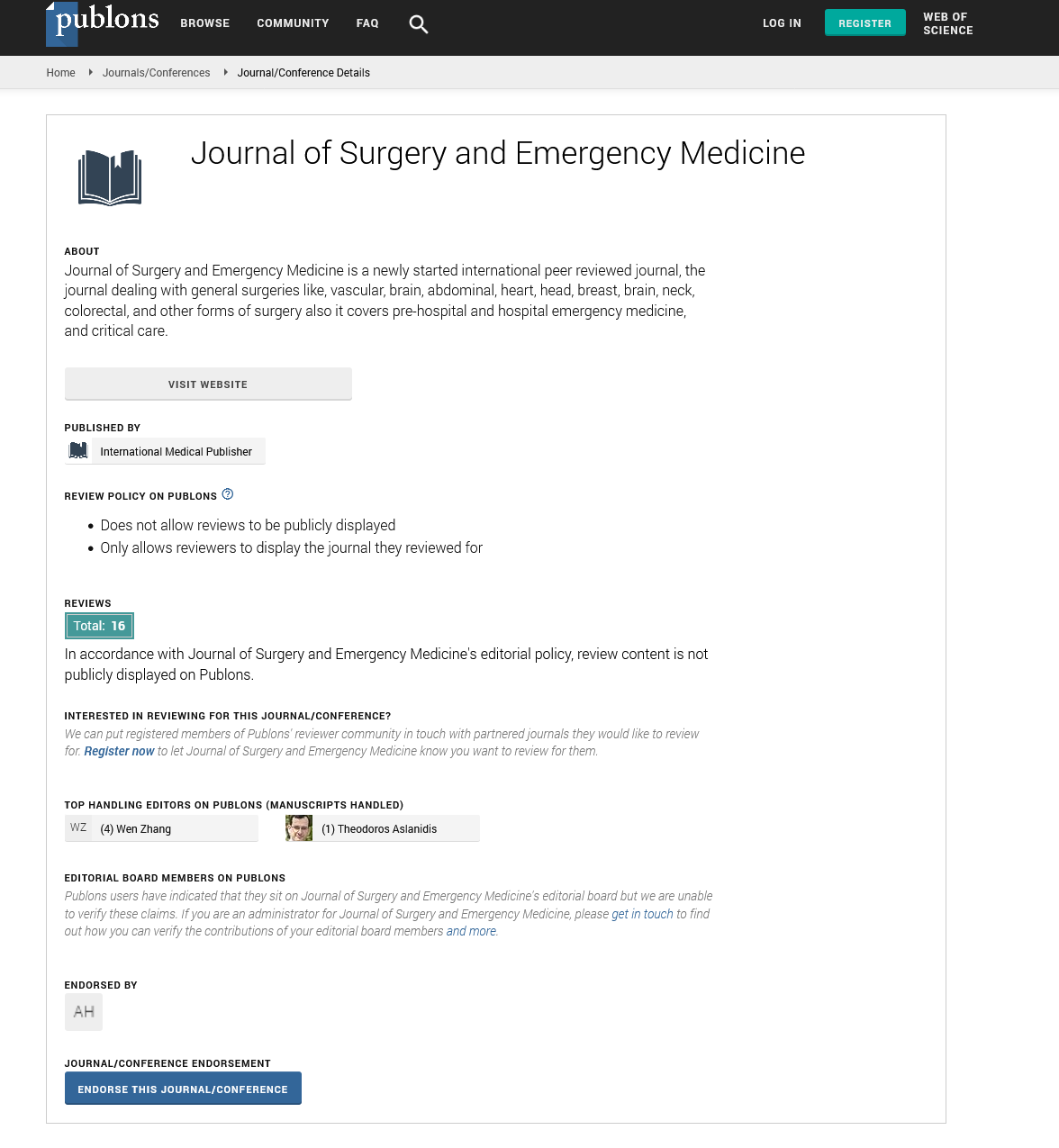Abstract
Detection of Helicobacter Pylori with Rapid Urease Test in Laryngopharyngeal Reflux Patients (LPR)
Background: Laryngopharyngeal reflux (RLF) is a backflow of gastric acid to the area of the larynx, pharynx, trachea, bronchi that causes contact
with the upper aerodigestive tract tissue that causes injury to the laryngopharynx. Allegedly Helicobacter pylori contained in stomach acids play
a role in the emergence of laryngopharyngeal infections.
Objective: To detect Helicobacter pylori (Hp) in the laryngeal mucosa of patients with RLF by using a rapid urease test.
Methods: This was a cross-sectional study conducted on 78 RLF patients. Determination of RLF patients by using Reflux Symptom Index (RSI) and
Reflux Finding Score (RFS). Biopsy was performed on the laryngeal mucosa of patients with RLF. The tissue is then examined with a Hp Urease
Test. Data analysis using the Chi-Square test with a significant test result if p <0.05 and using the Mann-Whitney test with a significant test result
if p <0.05 and using a spearmen correlation test with a significant test result if p <0.05.
Result: The results was found 52 samples of LPR patients (66.7%) with Hp urease test positive and 26 samples (33.3%) with Hp urease test
negative . The average value of RSI and / or RFS is higher on positive Hp test results than negative Hp test results (p <0.05). The higher the RSI
value, the higher the RFS value in patients with RLF (p = 0.000). There are differences in complaints and laryngeal abnormalities of patients with
RLF between positive Helicobacter pylori test results and negative Helicobacter pylori test results.
Conclusion: There is a significant relationship between RSI and / or RFS values on the results of laryngeal Hp urease test in patients with RLF.
Author(s): Amsyar Akil
Abstract | PDF
Share This Article
Google Scholar citation report
Citations : 131
Journal of Surgery and Emergency Medicine received 131 citations as per Google Scholar report
Journal of Surgery and Emergency Medicine peer review process verified at publons
Abstracted/Indexed in
- Google Scholar
- Publons
Open Access Journals
- Aquaculture & Veterinary Science
- Chemistry & Chemical Sciences
- Clinical Sciences
- Engineering
- General Science
- Genetics & Molecular Biology
- Health Care & Nursing
- Immunology & Microbiology
- Materials Science
- Mathematics & Physics
- Medical Sciences
- Neurology & Psychiatry
- Oncology & Cancer Science
- Pharmaceutical Sciences
